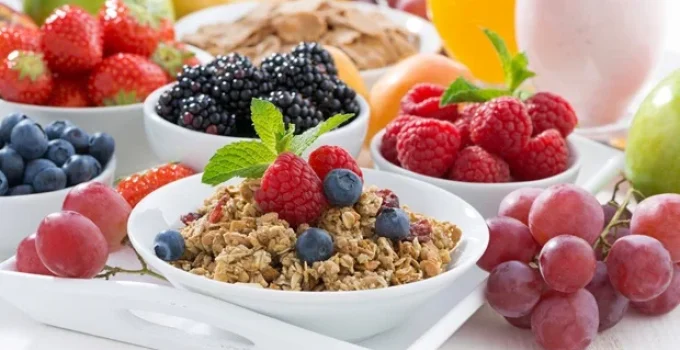What Does the Small Intestine Actually Do?
The small intestine might be called “small,” but don’t let the name fool you—it’s one of the most important parts of your digestive system. In fact, without it, your body wouldn’t be able to absorb the nutrients it needs to survive.
So what does the small intestine actually do? Let’s zoom in and take a closer look at this long, twisty tube.
🔍Dive Deeper
- What Is the Small Intestine?
- How Long Is the Small Intestine?
- Parts of the Small Intestine
- What Happens in the Small Intestine?
- Villi and Absorption
- What Happens to Food After?
- 🎯 Final Thoughts
- 📚 References
What Is the Small Intestine?
The small intestine is a long, narrow, coiled tube that connects the stomach to the large intestine. It’s part of your digestive tract, and it’s the place where most of the real work of digestion happens.
Its main job is to:
- Break food down into tiny molecules (with help from enzymes).
- Absorb nutrients like vitamins, minerals, proteins, fats, and carbohydrates into your blood.
How Long Is the Small Intestine?
Even though it’s called “small,” the small intestine is actually much longer than the large intestine. It’s only called “small” because it’s narrower in width.
📏 The small intestine is about 20 feet (6 meters) long in adults [1].
That’s longer than most cars! It has to be that long so your body has plenty of time and space to absorb all the nutrients it needs.
Parts of the Small Intestine
The small intestine has three main sections:
| Section | Function |
|---|---|
| Duodenum | First section; receives food from the stomach and mixes it with bile and enzymes |
| Jejunum | Middle section; absorbs nutrients like sugars, amino acids, and fatty acids |
| Ileum | Last section; absorbs vitamin B12, bile salts, and any remaining nutrients |
Each part has a special job, but together they turn food into fuel for your body.
What Happens in the Small Intestine?
When food leaves your stomach, it enters the duodenum as a thick liquid called chyme. Here’s what happens next:
- Bile from the liver and gallbladder helps break down fats.
- The pancreas sends in enzymes to digest proteins, fats, and carbohydrates.
- The intestine itself makes enzymes to finish the job.
- All these nutrients are absorbed through the walls of the small intestine.
🧪 Enzymes like lipase, amylase, and protease help break food down into parts your body can use.
Villi and Absorption
The inside of the small intestine isn’t smooth—it’s lined with tiny finger-like projections called villi, and even tinier ones called microvilli.
These structures:
- Increase surface area so more nutrients can be absorbed.
- Have tiny blood vessels that carry nutrients into the bloodstream.
📊 If stretched out flat, the inner surface of your small intestine would cover about 3,000 square feet—that’s the size of a tennis court! [2]
This huge surface area is why the small intestine is so effective at absorbing what your body needs.
What Happens to Food After?
Once the small intestine has absorbed all the useful stuff:
- The leftovers (mainly fiber and water) move into the large intestine.
- There, water gets absorbed, and the rest is turned into poop.
So while the stomach starts digestion, and the large intestine finishes it, the small intestine does most of the work in the middle.
🎯 Final Thoughts
The small intestine may be called “small,” but it plays a huge role in your health. Without it, your body wouldn’t get the energy and nutrients it needs from food. It works like a superhighway for vitamins, minerals, and other good stuff, thanks to its enzymes, long length, and clever design with villi and microvilli.
So the next time you eat a sandwich or a bowl of cereal, remember that your small intestine is the part doing the real heavy lifting.
📚 References
- National Institute of Diabetes and Digestive and Kidney Diseases (NIDDK). “Your Digestive System & How It Works.” https://www.niddk.nih.gov/
- University of Calgary. “The Surface Area of the Small Intestine.” https://cumming.ucalgary.ca/
- Cleveland Clinic. “Small Intestine: Anatomy and Function.” https://my.clevelandclinic.org/
- MedlinePlus. “Small Intestine.” U.S. National Library of Medicine. https://medlineplus.gov/
📌 Learn More About the Digestive System
- What Are the Main Organs of the Digestive System?
- What Does the Small Intestine Acutally Do?
- What Is the Large Intestine and Why Is It So Long?
- What Role Does the Liver Play in Digestion?
- What Does the Pancreas Do in Digestion?
